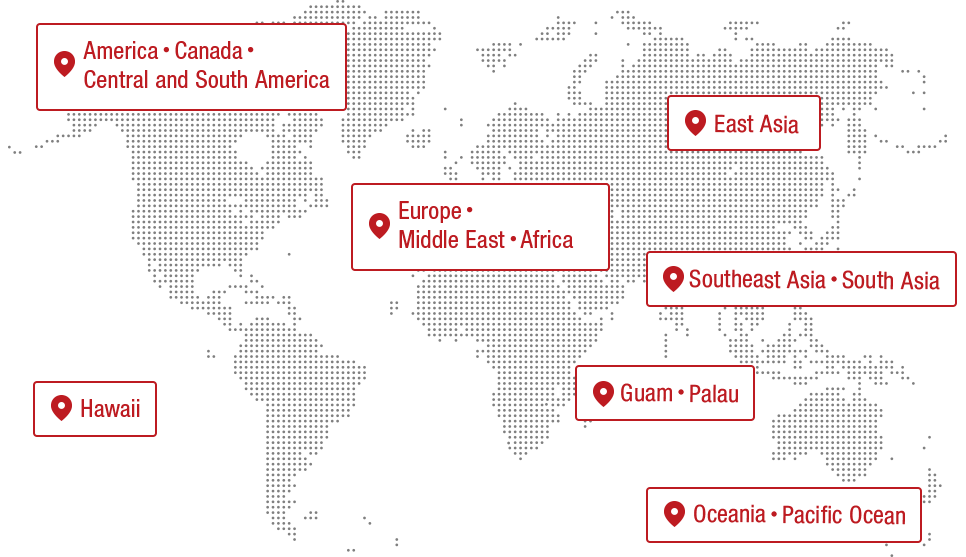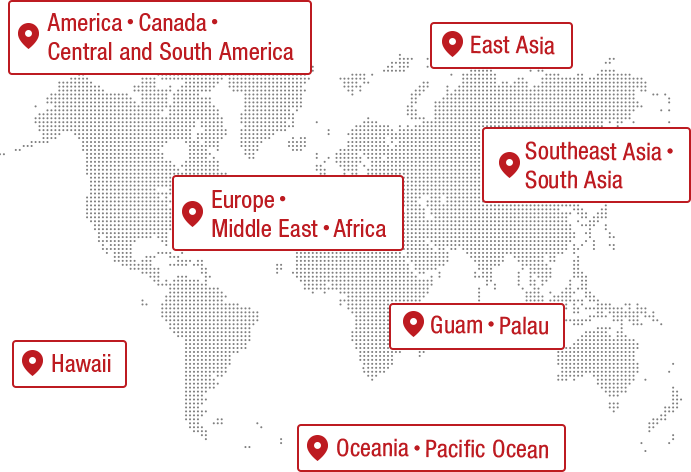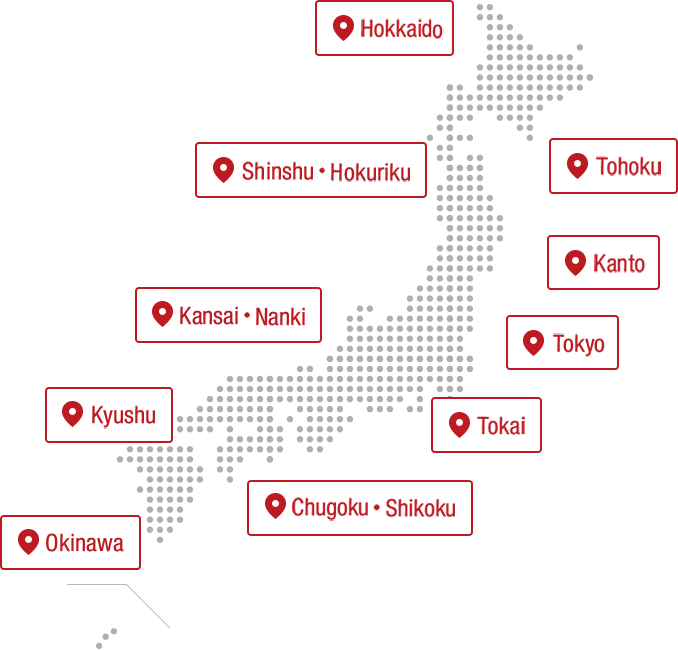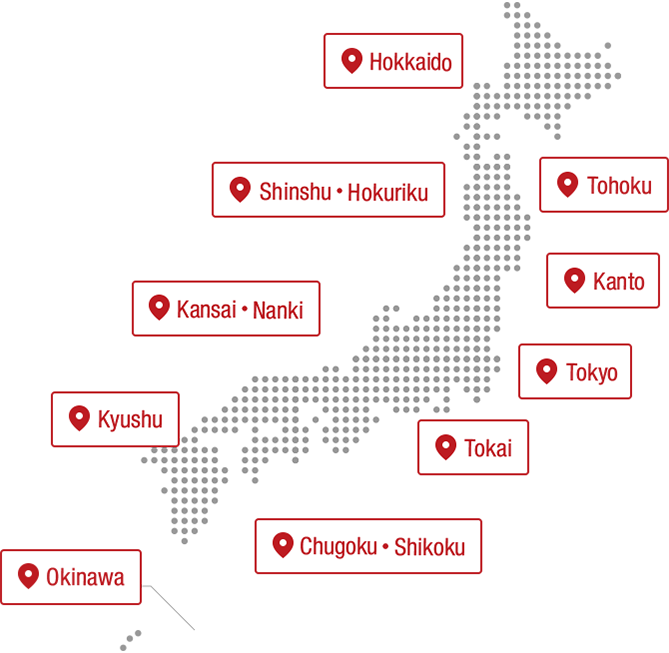Hirano's purpose in life is to experience the unique food of each region. He travels to places where food that catches his eye and makes him want to try it awaits. For Hirano, breakfast is a special meal that he only eats when he is traveling. Hirano is normally a night owl, but when he is traveling, he makes up his mind to get up early just for breakfast. Each of Hirano's memories of "travel breakfasts" that he would like to eat again is like a model of how to enjoy something out of the ordinary. That is truly the joy of traveling. Let's introduce some stories that will make you look forward to "travel breakfasts" when it becomes easier to travel in the future.

Text: Sayako Oki
Food is inseparably linked to the land
First, let's take a closer look at Hirano's travel style.
"If you're not nervous, it's not a trip." Hirano gave this title to the chapter on Hawaii in his book "I like walks and food (or dogs)?" (published by Magazine House). He says that the difference between a trip and a long trip is determined by the excitement known as tension.
"Tension may have a negative image, but it can also be a kind of excited state. Going to a place you've never seen before is mentally taxing, but it's also very exciting. Putting yourself under a certain amount of pressure and going beyond your everyday self is a feeling that only traveling can provide."
Bangkok, Laos, Sri Lanka, Hong Kong, Hawaii, England, France, Denmark... Hirano's books and serials feature many stories from not only Japan but also other countries. Most of the reason for his travels is "for food." By expanding his food awareness on a daily basis, he has come across more destinations such as restaurants, markets, and producers' bases, and he creates his travel itineraries from there.
"I was able to make a reservation at a restaurant in Northern Europe six months from now, so I'm planning my trip around that. I want to go to places where there are things that can only be eaten in that place. Ingredients brought by the local climate, dishes born from the local environment, culture and history, the philosophy of the chef who opened a restaurant in that country... I think it's worth traveling to the other side of the world in search of all of these things."
The food essays he publishes talk not only about the taste of the food, but also about the scenery, people, and towns he sees there. This is based on the idea that food and restaurants are born from the local area and have an inseparable relationship with it.
"When I go to a restaurant I can tell what kind of restaurant it is, but I'm the type of person who is also interested in the background, like 'Why did this restaurant open here?' By walking around the area, I often realize that 'This kind of restaurant is needed because of the local characteristics, and has been around for so long.' But if you want to eat delicious food, I don't think you need to go far."
Add elements such as the city and people to the "point" of food and enjoy it as a "surface." This also leads to the reason why Hirano uses the term "food experience." While deliciousness is an important value in food, the distinctive feature of a food experience is that value is created by enjoying the story surrounding the main character, food.
"Going to a very popular or high-end restaurant may be a worthwhile act, but on the other hand, just going into a restaurant you happen to pass while walking by, based on your own intuition, is also a very luxurious act. Especially if it's a good restaurant. Because I have a desire to be emotionally stirred through various experiences like this, I've often popped into a dodgy bar that made me wonder if it was even open (laughs), and I have fond memories of eating ramen while being treated coldly by a cold-hearted owner. Even when I go to a family restaurant and a new waiter makes a mistake and brings me a different dish than I ordered, I think, 'Oh, that was a great experience.'"
A local atmosphere that you won't find in places set up for tourists
I also experienced the exhilaration that only travel can offer at Fonda Margarita, a restaurant in Mexico City famous for its breakfast. The restaurant, with its vivid pink walls, is lined with long shared tables and is bustling with locals, including many other customers and a man singing and playing guitar.
As a result, no English was spoken in the restaurant, and he couldn't understand the menu. A customer sitting opposite him came to his aid in this predicament. The person in question was a local who could speak a little Japanese, and thanks to his assistance he was able to enjoy the bean dishes and soup. It was a valuable experience that came from being bold enough to take the plunge.
"I don't think you should go to dangerous places or cause trouble for the local people, but that doesn't mean you should just go to restaurants that are catered for tourists either. Even if I only have a short time during my stay, I want to go to places where I can eat and understand as much as possible about the city, its people, culture and history."
Reading books about the history and culture of the area before you travel will help you become more sensitive to the local area and deepen your understanding.
"When you can connect the scenery in front of you with the knowledge you learned beforehand, you can gain a deeper understanding of the place. The same goes for food. Even if you come across a dish that doesn't suit your taste, you don't simply dismiss it as 'not to my taste'; you can learn about a different flavor."
Breakfast on the road is something special
At the beginning of the podcast "Tasty Voice of Food", Hirano introduces himself as "a servant of food who thinks about nothing but food 365 days a year", but because he lives a nocturnal lifestyle, he has a hard time getting up in the morning. He usually wakes up after morning time is over, so breakfast is actually quite a rare thing in his daily life. That's why breakfast is something special that he wakes up and eats when he's traveling.
So, we asked Hirano to tell us about the travel breakfast that made the biggest impression on him out of all the breakfasts he's had while traveling, one that he would like to eat again.
"Breakfast culture is thriving in Taiwan, and people often have a quick meal at a food stall or restaurant before going to work. I went out in casual sandals and a dress, and while I was dipping some fried bread in soy milk (a staple Taiwanese breakfast made with soy milk) and eating it, the morning sun started streaming into the restaurant... The food in my hands, the warmth of the light, the soft breeze, the sounds echoing through the restaurant - all of it made me realize that there really is a heavenly place in the real world. The feeling of a paradise that can only be found in that place is what I call a 'traveling breakfast I want to eat again.'"
Another memorable breakfast was the freshly baked cardamom roll he had at Bakery Petrus in Stockholm. Cardamom rolls are a very popular sweet bread in Sweden, made with cardamom, known as the queen of spices. Hirano had been trying cardamom rolls at various shops, and a friend living there recommended Petrus, which led to his trip to Stockholm.

"The bright, elegant aroma of cardamom, the burnt sugar and fragrant butter, the soft dough made with natural yeast... it was absolutely delicious. In Northern Europe, the daylight hours are short in winter, so the bakery was the only one with the lights on in the pitch black air, and there was a line of customers in front of it. As soon as they opened, bread sold like hotcakes, like at a market (laughs). I saw with my own eyes that this is a shop that supports the stomachs of the people of the city."
A rich dining experience is born in a space free of contradictions
Hirano-san enjoys food experiences not only when traveling abroad, but also when traveling domestically. One of the most memorable experiences he had was brunch at a pizza restaurant in the forest of Karuizawa.
"As I was walking through the forest, I suddenly came across a wooden hut. There was a really cool woman baking pizza all by herself. There was only one table outside the shop, so I was surrounded by forest and ate the pizza she had baked...I felt so happy. Karuizawa is a place with a lot of pine trees, and as we were driving along, I could smell the clear, green pine trees. That scent went really well with the fragrant aroma of the pizza being baked. I thought it was even more inspiring to enjoy it with the air, breeze, and smells of the land. For me, that pizza is the taste of Karuizawa (laughs)."
Hirano says that a place that offers a rich dining experience has no contradictions in its story.
"I think what's important isn't whether something is delicious, but whether there are any contradictions in the food experience. For example, a stewed eggplant dish served to you wholeheartedly by a hunched old lady in a rundown diner might not be the most delicious thing, but you'll still be impressed that you've had something good. But if the exact same thing was in a plastic deli pack at the supermarket, you probably wouldn't think anything of it. I think we don't just eat food, we savor the story that unfolds with it. An experience where the story is flawless and free of contradictions is truly special and stays in your memory."
The absence of contradictions can also be rephrased as an honest space without lies or strain. Perhaps Hirano is attracted to spaces that are straightforward.
The guests who appear on the podcast "Tasty Second Voice ~Voice of Food~" are experts, producers, and restaurant managers who provide consistent food experiences. The conversations, filled with joy and emotion about food, unconsciously lead listeners down the path of food experiences.
"I've had conversations with people I love, talked about memorable dining experiences...until now, I've done that in writing. But I think the beauty of audio media is that you can convey the atmosphere a person exudes from the narrator's choice of words and speaking style. Everyone is quite eccentric in a good way, so I think that comes across (laughs)."
There are many restaurants in cities, but interesting places and wonderful spaces can also be found outside of cities, and every town has its own unique charm. The same town will look different depending on the weather and season.
"My experience at the pizza restaurant in Karuizawa was also possible because it was a sunny day, so it's not like you're necessarily going to have that experience if you go to that place. It was a series of miracles that allowed me to encounter it. If you can encounter a fateful moment through food that makes you think, 'I'm glad to be alive!', there's nothing more satisfying than that."
Every city is interesting - Hirano will continue to travel to various places and gain more food experiences with this motto in mind. Even if you are not particularly particular about your daily breakfast, if you choose your breakfast consciously when traveling, you will be able to start your day with a fresh feeling. Also, once you feel comfortable traveling again, it might be a good idea to plan your trip around breakfast.

Hanako BOOKS ©Magazine House
Sakiko Hirano
Born in Fukuoka Prefecture in 1991. In addition to writing for magazines as a food essayist, she is also actively involved in planning and communicating about food, including event planning, developing a confectionery brand, and appearing on television programs.
In "I like walking and eating (or is it a dog?)," a collection of essays serialized in Hanako (Magazine House), she writes about the tastes she encountered in 56 diverse cities with her own photos and words. Every other Monday, she broadcasts the podcast "Tasty Voiceover ~voice of food~" on SPINEAR.
Click here for a list of interviews

OnTrip JAL editorial staff interview people they want to talk to right now. We bring you travel-related stories.
The contents published are accurate at the time of publication and are subject to change.























